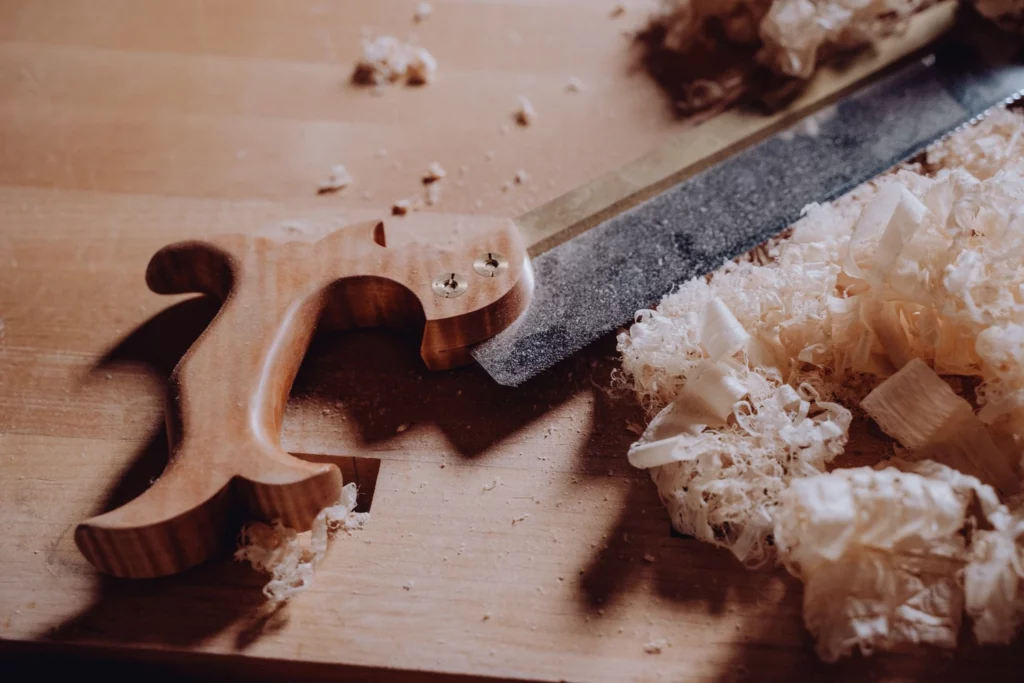Sand Paper in Sketching and Drawing: An Unexplored Perspective
When it comes to sketching and drawing, artists often rely on a variety of tools and techniques to achieve their desired results. While pencils, charcoal, and pastels are commonly used, one tool that is often overlooked is sandpaper. Sandpaper, also known as abrasive paper, can be a valuable addition to an artist’s toolkit, offering unique possibilities and effects that are not easily achievable with other materials. In this article, we will explore the unexplored perspective of using sandpaper in sketching and drawing, discussing its benefits, techniques, and examples of artists who have successfully incorporated sandpaper into their work.
The Benefits of Sandpaper in Sketching and Drawing
Sandpaper offers several benefits that make it a valuable tool for artists. Here are some of the key advantages:
- Texture Creation: Sandpaper allows artists to create unique textures and surfaces in their artwork. By rubbing the paper against the drawing surface, artists can achieve a rough, gritty texture that adds depth and interest to their work.
- Blending and Smudging: Sandpaper can be used to blend and smudge different mediums, such as charcoal or pastels. By gently rubbing the sandpaper over the drawing, artists can create smooth transitions and soft edges.
- Erasing and Correcting Mistakes: Sandpaper can be used as an eraser to remove unwanted marks or correct mistakes. By lightly sanding the surface, artists can effectively erase or lighten areas of their drawing.
- Adding Highlights: Sandpaper can be used to add highlights to a drawing by selectively removing layers of medium. This technique can create a luminous effect and enhance the overall realism of the artwork.
Techniques for Using Sandpaper in Sketching and Drawing
Now that we understand the benefits of sandpaper, let’s explore some techniques for incorporating it into sketching and drawing:
Creating Texture
To create texture using sandpaper, artists can follow these steps:
- Choose a sandpaper with the desired grit. Coarser grits will create a rougher texture, while finer grits will produce a smoother texture.
- Secure the sandpaper to a flat surface, such as a drawing board or table.
- Using a pencil, charcoal, or pastel, draw or shade directly onto the sandpaper.
- Press the sandpaper onto the drawing surface and rub gently in circular or back-and-forth motions.
- Continue rubbing until the desired texture is achieved.
Blending and Smudging
To blend and smudge using sandpaper, artists can follow these steps:
- Apply the desired medium, such as charcoal or pastels, to the drawing surface.
- Take a small piece of sandpaper and fold it into a tight, compact shape.
- Gently rub the sandpaper over the areas that need blending or smudging.
- Continue rubbing until the desired effect is achieved.
Erasing and Correcting Mistakes
To use sandpaper as an eraser, artists can follow these steps:
- Choose a sandpaper with a fine grit to avoid damaging the drawing surface.
- Lightly sand the areas that need to be erased or corrected.
- Use a soft brush or cloth to remove the eraser residue.
- Reapply the medium and continue drawing.
Examples of Artists Using Sandpaper in Sketching and Drawing
Several artists have successfully incorporated sandpaper into their sketching and drawing techniques. Let’s explore a few examples:
Leonardo da Vinci
Leonardo da Vinci, the renowned Italian artist and inventor, often used sandpaper in his drawings to create texture and depth. In his famous artwork „The Last Supper,“ da Vinci used sandpaper to achieve a rough, weathered effect on the walls of the room.
Edgar Degas
Edgar Degas, a French Impressionist artist, frequently used sandpaper to blend and smudge pastels in his drawings. This technique allowed him to create soft, atmospheric effects and capture the fleeting moments of everyday life.
Robert Rauschenberg
Robert Rauschenberg, an American artist known for his mixed-media works, often incorporated sandpaper into his collages. By sanding the surface of the paper or canvas, Rauschenberg was able to create a distressed, worn-out appearance that added depth and character to his artwork.
Conclusion
Sandpaper, often overlooked in the world of sketching and drawing, offers unique possibilities and effects that can enhance an artist’s work. From creating texture to blending and smudging, sandpaper can be a valuable tool in an artist’s toolkit. By exploring the techniques and examples discussed in this article, artists can unlock the potential of sandpaper and take their artwork to new heights.



















